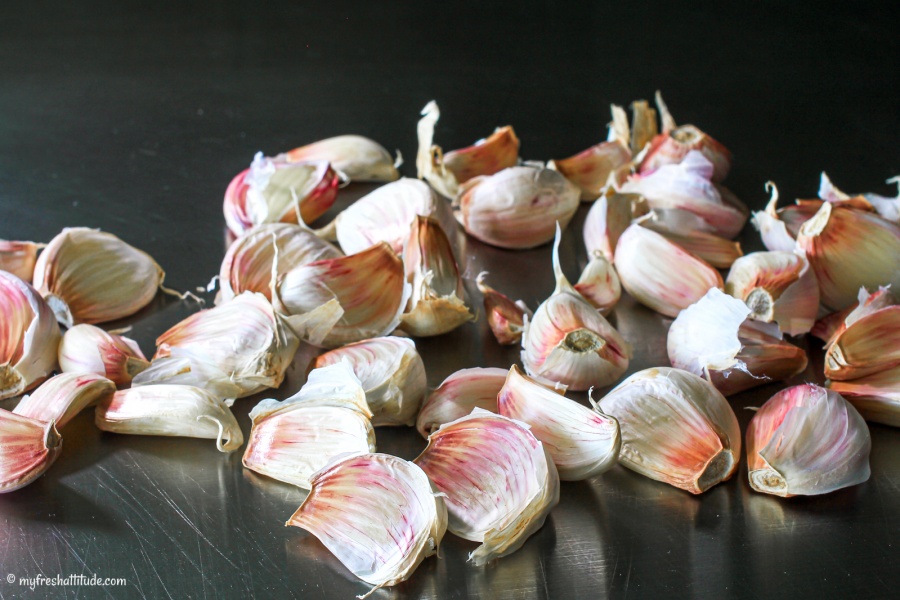
Taming Garlic
Few foods rival Garlic’s worldwide and cultural appeal. It appears frequently in old and new recipes, yet many carefully avoid it because it can be difficult to digest – and quite frankly, most people don’t like to stink in social settings.
But it doesn’t need to be this way – especially during the Spring when garlic’s pungency is easily tamed.
Most people purchase garlic in their local supermarket. The choices are often challenging – especially in Spring. The supermarket offerings often include garlic from far, far away (usually China). Or garlic that was harvested months ago and held in storage. In both cases, garlic will lose most of its moisture content and the pungent enzymes will intensify as it concentrates.
Subscription Required For This Content
Few foods rival Garlic’s worldwide and cultural appeal. It appears frequently in old and new recipes, yet many carefully avoid it because it can be difficult to digest – and quite frankly, most people don’t like to stink in social settings.
But it doesn’t need to be this way – especially during the Spring when garlic’s pungency is easily tamed.
Most people purchase garlic in their local supermarket. The choices are often challenging – especially in Spring. The supermarket offerings often include garlic from far, far away (usually China). Or garlic that was harvested months ago and held in storage. In both cases, garlic will lose most of its moisture content and the pungent enzymes will intensify as it concentrates.
The following 5 options will help you create a plan to pacify garlic’s flavor in your cooking.
- Leave garlic cloves whole. Slicing or crushing garlic will cause an interaction with air that will intensify aromas and allow the hard-to-digest enzymes to leech into your food.
- Freeze unpeeled garlic. Cold temperatures change garlic’s flavor and create something similar to onions.
- Slice an entire bulb of garlic in half and use the unpeeled halves in your favorite soup or stew. This perfumes your food without any pungency. Just remove the halves before serving.
- Roast garlic. Slice the top off a whole bulb and roast in a hot oven for 30 minutes. When cooled, squeeze out the soften cloves. Roasting intensifies the fructose in garlic and makes it quite sweet.
- Boil peeled garlic cloves. Boiling garlic for one minute, changing the water and repeating five times allows most of the hard-to-digest enzymes to leech out. Boiled garlic is excellent pureed with a bit of extra virgin olive oil and a pinch of salt (check out our detailed instructions if this method appeals to you).
Of course, you can also avoid old garlic altogether. Consider getting some ‘fresh garlic’ from your local market during the Spring or Summer. It is milder in flavor and far easier to digest.
Still not convinced. Well, how about substituting garlic with one of its allium cousins. Try onions, shallots, leeks, chives or even leafy wild garlic.